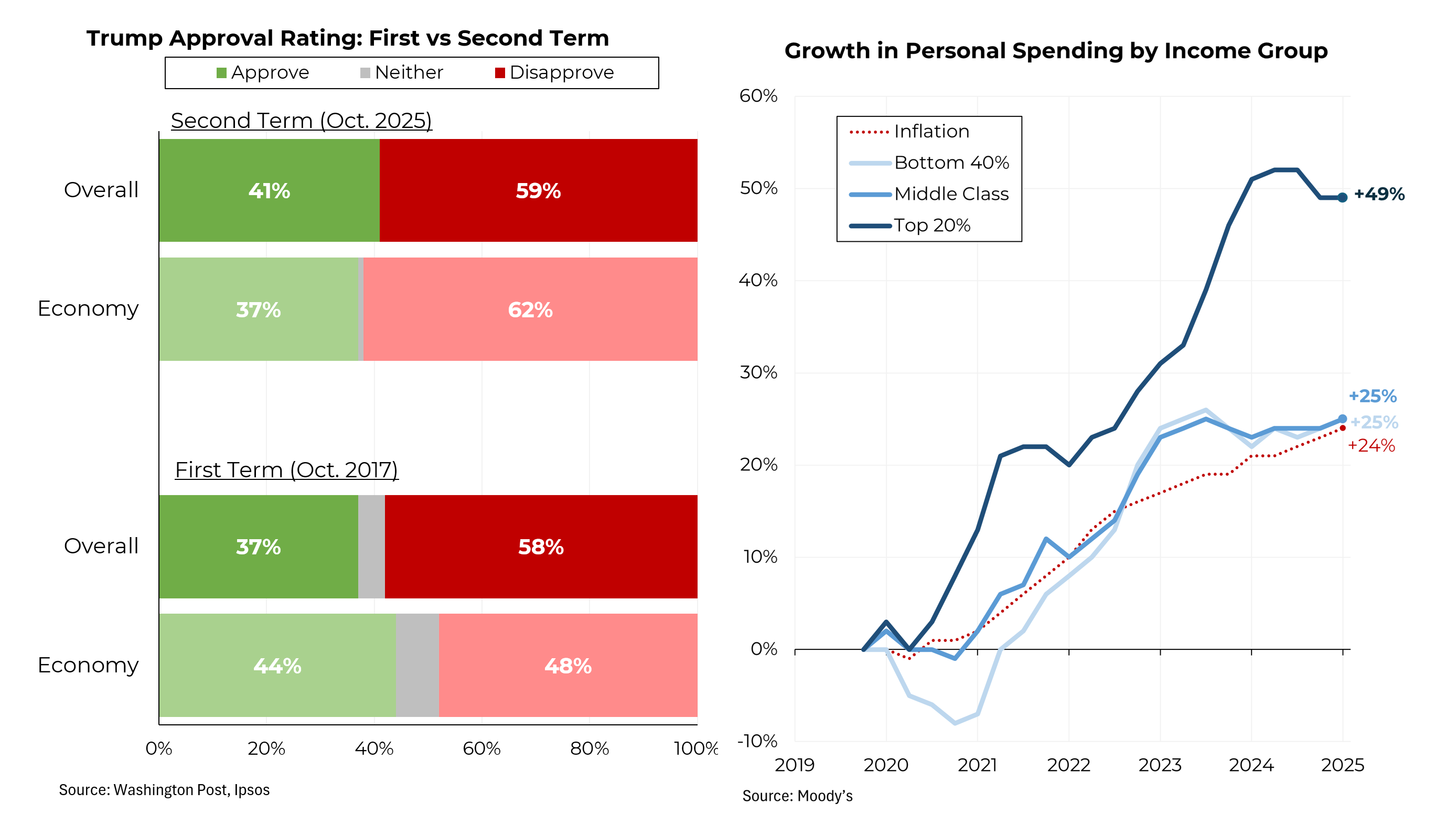The Affordable Care Act replacement plan – jointly unveiled by the House Republicans and the Trump Administration – would dramatically change the health care system created by Obamacare and potentially cost as many as 10 million Americans their health care coverage.
The best news may be that the proposal faces opposition within the Republican party from both conservatives and moderates.
Note: for the related Morning Joe video, please click here.
As a reminder, Obamacare extended health insurance to as many as 26 million individuals in two principal ways: through expansion of Medicaid programs in 31 participating states and by the creation of exchanges on which individuals can buy insurance, most of them with government subsidies.
Before Obamacare, Medicaid only helped lower income Americans up to about 50% of the poverty line, roughly $12,000 for a family of four. Obamacare provides Medicaid coverage for these families up to 138% of the poverty line, about $33,000 for the same family.
The subsidies are aimed at people starting at 100% of the poverty line and – at declining levels – going up to 400% of the poverty line or $97,000 for that same family of four.
The Republican plan aims to replace those subsidies with tax credits. That may sound innocuous but it would have huge implications. Even though the tax credits would be phased out for individual earning more than $75,000 and couples earning more than $150,000, they would be the same for everyone below those levels – and not nearly large enough to cover insurance premiums for anyone.
For individuals at the lower end of the income ladder, at every age, the tax credits would be significantly smaller than the size of the subsidies that they are currently getting under Obamacare. And for those on the older end of the spectrum, the gap would be huge. At the $40,000 income level – roughly middle class – younger Americans would get larger tax credits than their ACA subsidies but a 60-year old would end up more than $2,700 a year worse off. And at $75,000 – well above middle class – an individual would still receive $2,000 to $4,000 in tax credits.
All told, Standard & Poor’s estimates that these changes would cost 2 – 4 million Americans their health care coverage.
The House/Trump plan would have a similarly large effect on the Medicaid expansion by cutting the amount Washington gives to the states, starting in 2020. Over the next 10 years, $250 billion less would be provided than what would be needed to provide coverage for everyone who qualifies. Using 100 mg of Viagra has always worked, but I noticed that if I take half, I do the work rather quickly, within an hour, and sometimes it is difficult to reach orgasm. Also, I sometimes have a stuffy nose, which sometimes spoils the mood. So I tried half of 10 mg of Levitra as recommended at buy levitra, for the first time I had an erection for 40 minutes, but then it disappeared for a while, and I thought that Levitra did not cope, but then the erection returned, and I could easily hold out 4- 6 hours. This would mean that states would be forced to limit the numbers benefiting from this program.
In addition to this change, the new plan would also cap the amount provided to states for the previously existing Medicaid program, the one that serves the poorest Americans.
Taken together, these changes could cost 4 to 6 million people far down the income scale their health care coverage.








